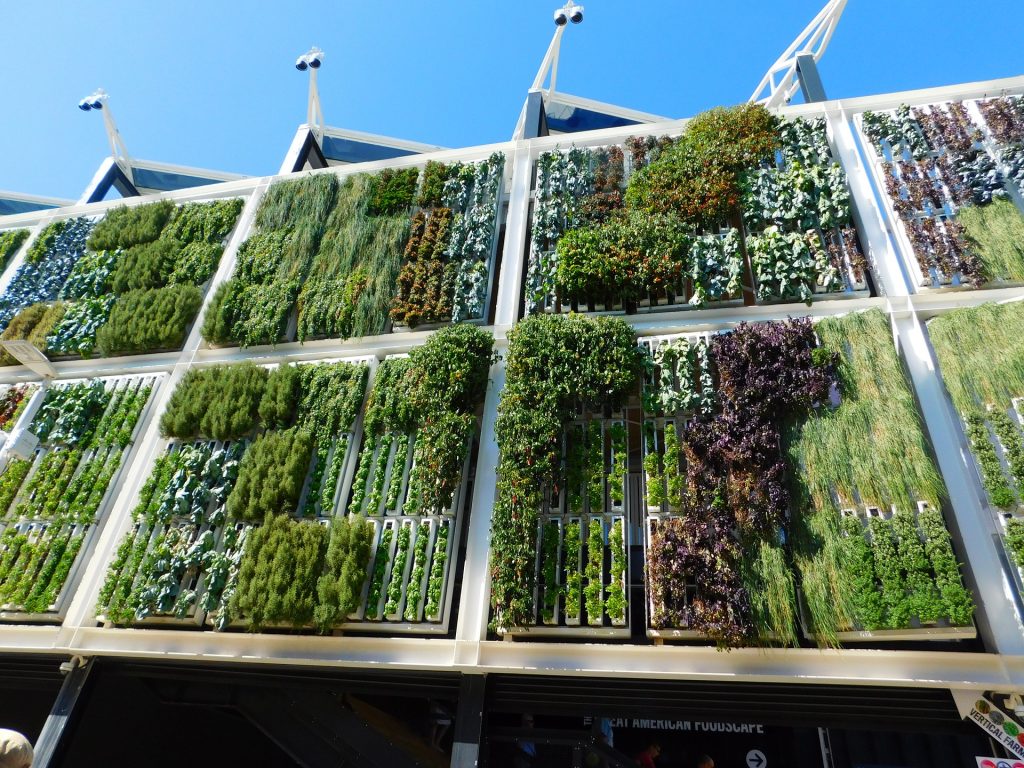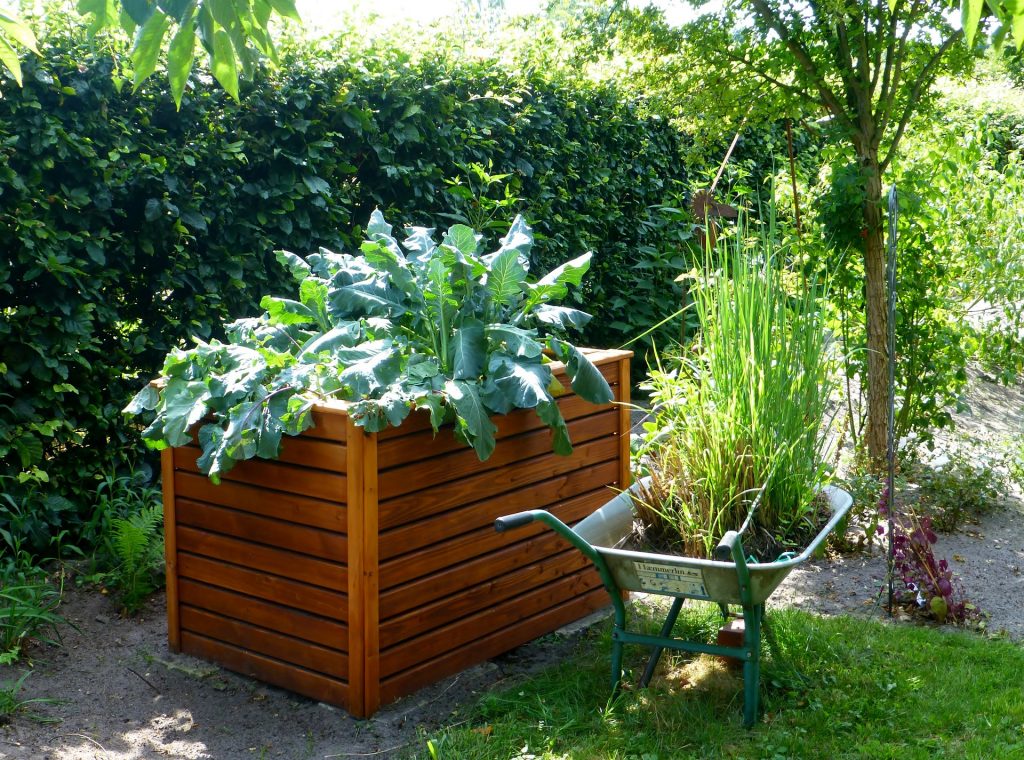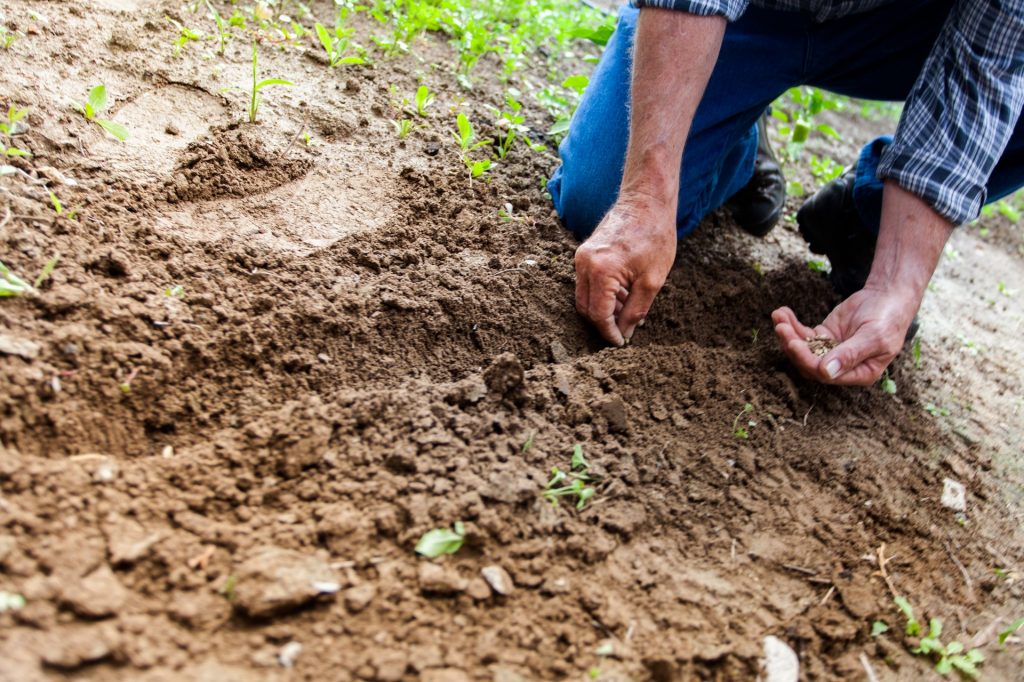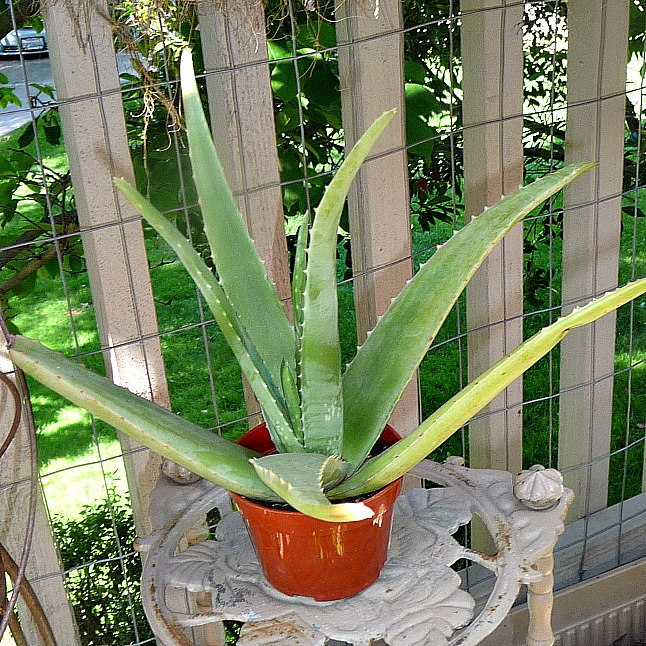
Vertical Gardening on a large scale
Guest Blog Post by Adria Branch. For similar articles, check out My Survival Forum.
I have seen some pretty elaborate gardens and it makes me wonder: Is there a purpose to the design or is it just aesthetically pleasing? With such a variety of designs it is hard to know which ones were designed with a specific function in mind. Some gardens have a great deal of space between crops. Is this additional space necessary? This square foot gardening forum indicates that by maximizing soil quality you can shrink the space required for crops to flourish. I was happy to discover that a properly planned garden could flourish with limited space. If your space is not limited, you can even do a little extra planning to maximize the use of the space you do have. A few alternatives to the standard in ground garden bed include vertical/container, lasagna, raised beds, and hugelkultur (which is a more effective raised bed and my new personal favorite!!).
Vertical/Container Gardening
Vertical gardening could be described as suspended container gardening on vertical structures. This method can be beneficial if you need your garden to be mobile or cannot alter the landscape of your home. The cost of materials for a container garden varies. If you are only concerned about utility, you can use something as simple as five gallon buckets or any other containers you may have from old projects. The more elegant the planters you select, the more costly your garden will get. A few of the best looking designs I have seen simply used rain gutters or pvc pipe for their containers.
Lasagna Gardening
A lasagna garden bed is made by layering various materials you more than likely already have laying around. Essentially anything that you would add to a compost pile can be used to build a lasagna garden: dead leaves, coffee grounds, tea leaves, grass clippings, shredded paper, produce scraps, etc. This should be a fairly cheap method for building a garden because it is made by recycling home and garden waste. Using this “waste” will add essential minerals to your garden bed so that you will not have to add expensive fertilizers. Proper layering should help to prevent weeds from growing in your garden. Because your layers are adding the nutrients to your garden, you can place them anywhere and make them whatever size you desire.
Raised Garden Beds

Raised garden bed.
Raised garden beds are created by building mounds of soil above ground level for planting seeds instead of digging holes in the ground. This can save a great deal of time and backbreaking labor by not having to till up solid ground. These beds can be used to lessen the extent of bending over to harvest crops. This will help to prevent future back pains. The cost of materials will depend on how high you want to raise the bed. Costs can be lowered significantly if you have access to free nutrient rich soil that can be easily moved to the desired garden location. Raised beds are a great option in areas that do not have the greatest soil to use. If you utilize quality soil when building the mounds, you will produce quality crops.
Hugelkultur
A hugelkultur is a strategically designed German raised bed. The bed is raised by making layers of dead branches and logs and covering them in soil. Seeds are planted when the soil is laid and there is little more work to be done other than maintain. With proper management, crops will return annually and flourish even more with each harvest. How is this possible? As time passes, the wood under the surface decomposes and essential nutrients are added into the soil right at the roots of the crops. Throughout the decomposing process, the wood will begin to shrink. The air bubbles that form under the surface during this progression naturally aerate the soil below the surface. This alleviates the need to till the soil. With appropriate trenching, you can even naturally irrigate your crops.
Choosing Your Garden Design

Planting seeds.
It is clear that each of these design structures serve a purpose. If you are having a difficult time deciding which garden would work best for you, consider using a combination of the three. Until you give them a try, you will not know whether vertical/container gardening, lasagna gardening, raised garden beds, or hugelkultur will be able to meet all your gardening needs. One great thing is that if your design does not work the way you want it to, you can start with a fresh design for the next growing season!






Leave a Reply